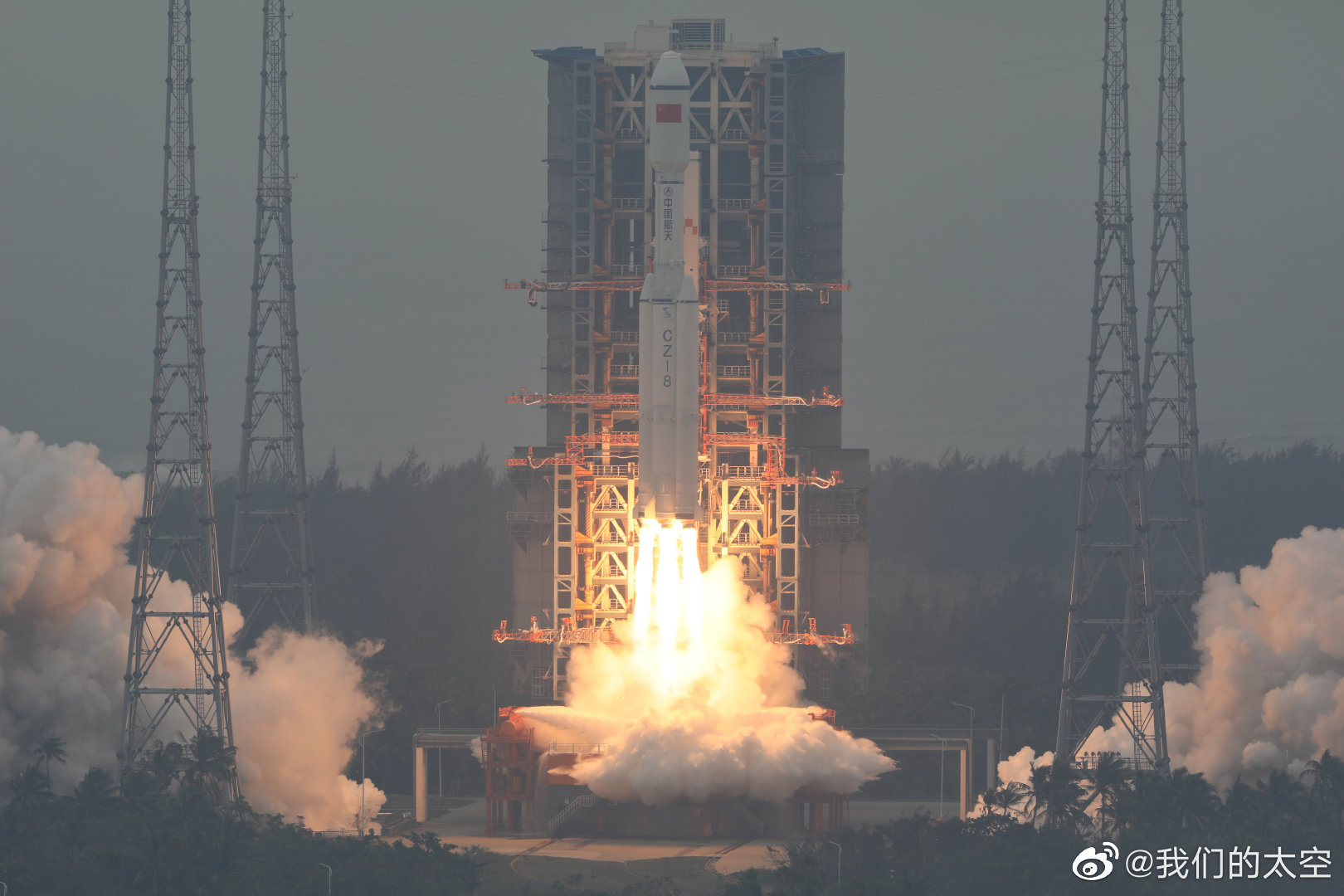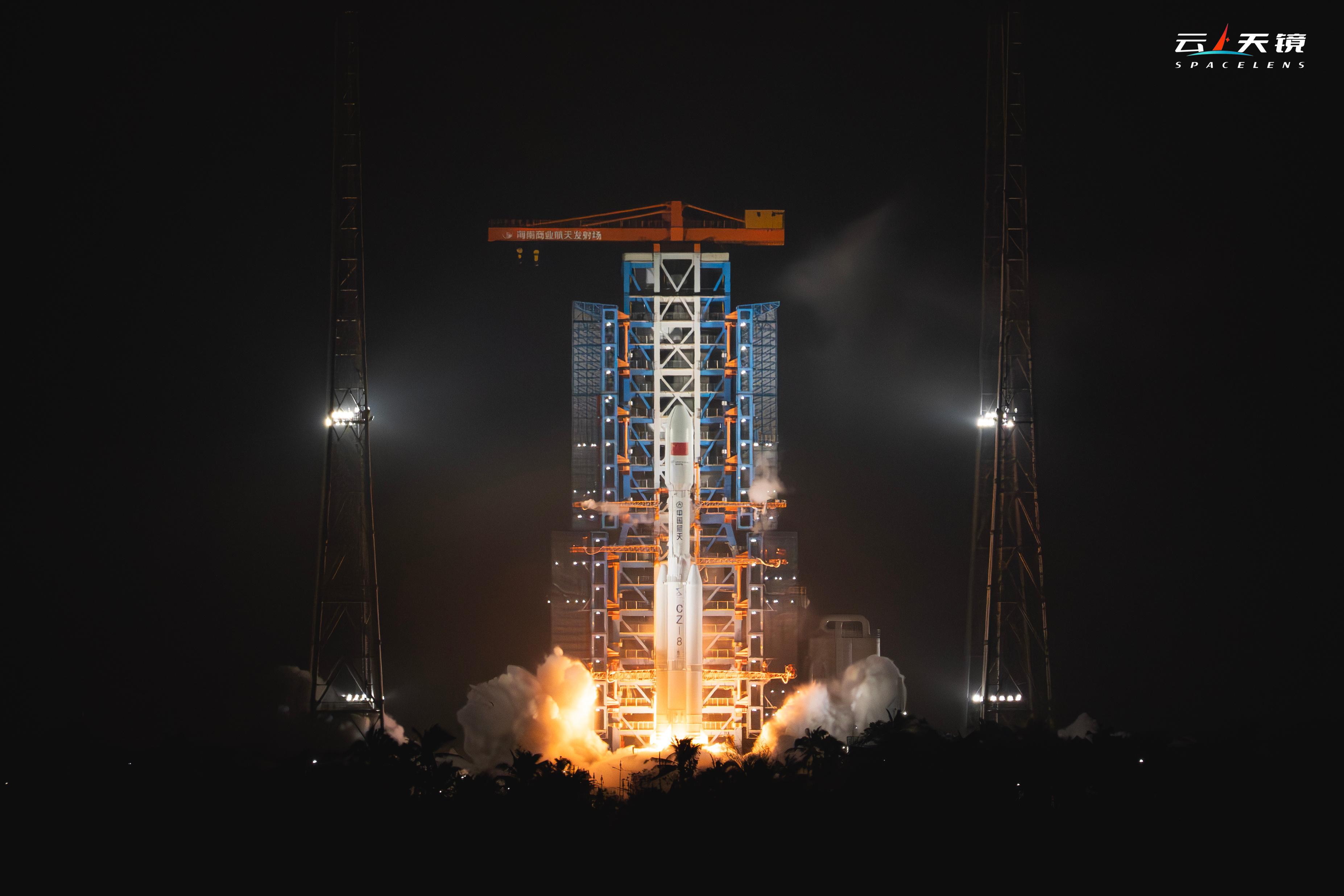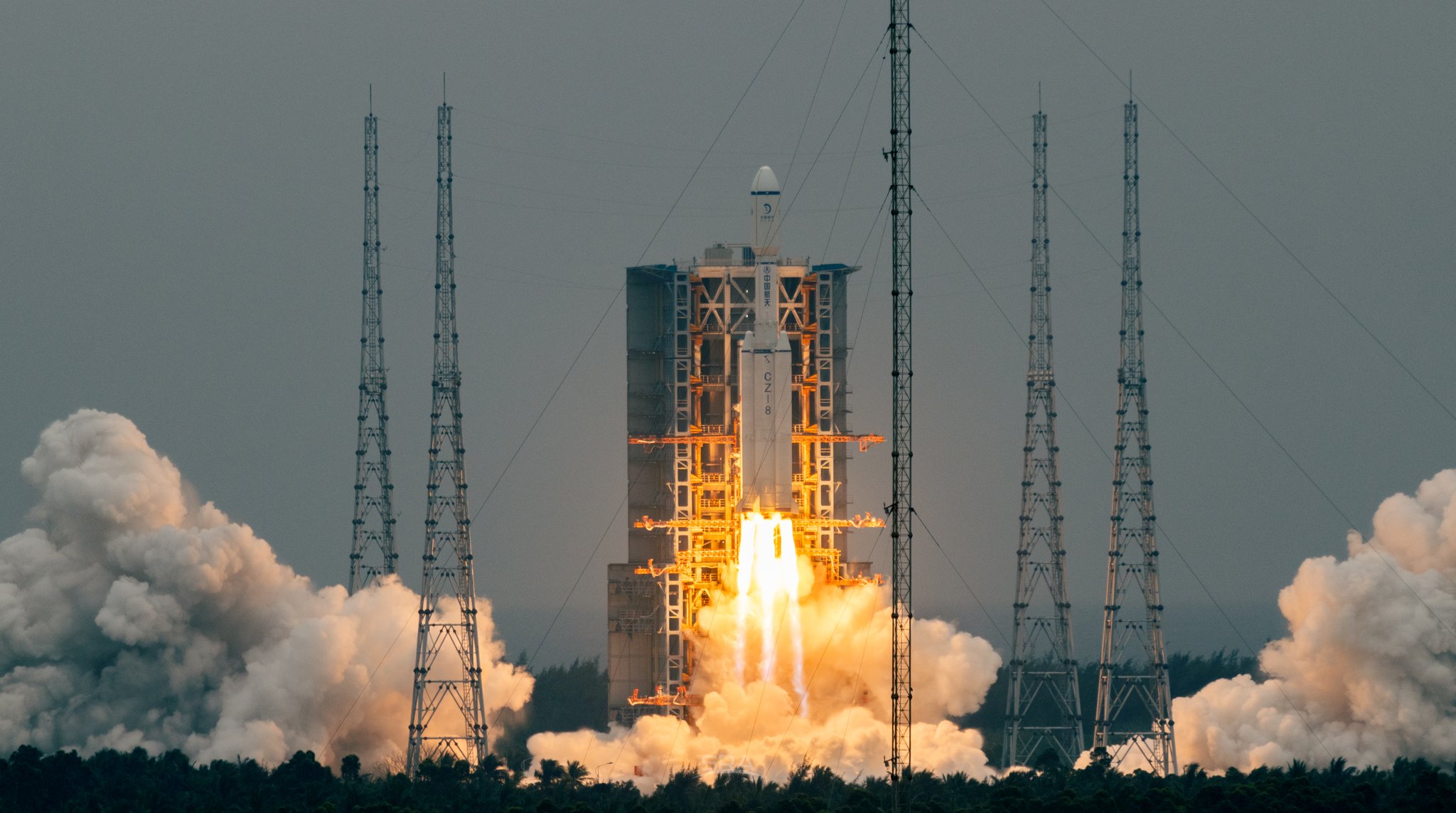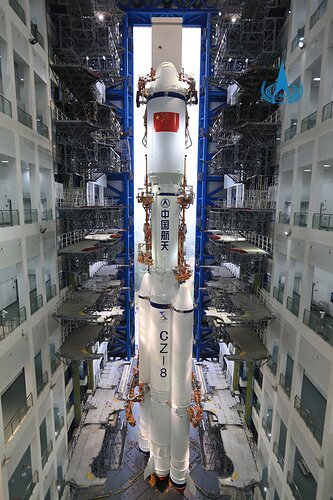
Long March 8
ActiveChina Aerospace Science and Technology Corporation (CASC)
Dec. 22, 2020
Description
Long March 8 (Chinese: 长征八号运载火箭) is an orbital launch vehicle developed by the China Academy of Launch Vehicle Technology to launch up to 5000 kg to a 700 km altitude Sun-synchronous orbit (SSO). The rocket is based on the Long March 7 with its first stage and 2 out of its 4 boosters, along with the existing liquid hydrogen burning 3rd stage of the Long March 3A/3B/3C and 7A as its 2nd stage. A "Core Only" version omitting the boosters is also available.
Specifications
-
Stages
2 -
Length
50.34 m -
Diameter
3.35 m -
Fairing Diameter
― -
Launch Mass
356.0 T -
Thrust
4800.0 kN
Family
-
Name
Long March 8 -
Family
― -
Variant
― -
Alias
― -
Full Name
Long March 8
Payload Capacity
-
Launch Cost
― -
Low Earth Orbit
8100.0 kg -
Geostationary Transfer
Orbit
2800.0 kg -
Direct Geostationary
― -
Sun-Synchronous Capacity
5000.0 kg
China Aerospace Science and Technology Corporation
Government
Chairman & President: Lei Fanpei
CASC 1999The China Aerospace Science and Technology Corporation (CASC) is the main contractor for the Chinese space program. It is state-owned and has a number of subordinate entities which design, develop and manufacture a range of spacecraft, launch vehicles, strategic and tactical missile systems, and ground equipment. It was officially established in July 1999 as part of a Chinese government reform drive, having previously been one part of the former China Aerospace Corporation. Various incarnations of the program date back to 1956.
Long March 8 | G60 Polar Group 05
China Aerospace Science and Technology Corporation | ChinaWenchang Space Launch Site, People's Republic of China
March 11, 2025, 4:38 p.m.
Status: Launch Successful
Mission:
18 Low Earth Orbit communication satellites with Ku, Q and V band payloads for the G60 constellation operated by Shanghai Spacecom Satellite Technology (SSST) with funding backed by the Shanghai local government. Initial constellation will consist of 1296 satellites by 2027 with long term plans to expand it to 12000 satellites. First launch from the Wenchang Commercial Space Launch Site's LC-1.
Polar OrbitLong March 8 | Queqiao-2
China Aerospace Science and Technology Corporation | ChinaWenchang Space Launch Site, People's Republic of China
March 20, 2024, 12:31 a.m.
Status: Launch Successful
Mission:
Queqiao-2 is a Chinese artificial satellite to serve as a communications relay for future Chinese lunar far side missions that cannot communicate directly with the Earth, beginning with the Chang'e 6 lunar sample return mission in 2024. It will operate from a Distant Retrograde Orbit (DRO) of the Moon. The launch also carries the Tiandu-1 & 2 small satellites testing cis-lunar space navigation and inter-satellite communication techniques for CNSA’s Deep Space Exploration Laboratory (DSEL).
Lunar OrbitLong March 8 | XJY-7 & others
China Aerospace Science and Technology Corporation | ChinaWenchang Space Launch Site, People's Republic of China
Dec. 22, 2020, 4:37 a.m.
Electron
Don't Be Such A Square (STP-S30)
Rocket Lab Launch Complex 2 (Launch Area 0 C) - Wallops Flight Facility, Virginia, USASTP-S30 is a complex mission that will deliver research experiments and technology demonstrations to orbit for the DoD and contribute to future space…
Falcon 9
Starlink Group 15-13
Space Launch Complex 4E - Vandenberg SFB, CA, USAA batch of 27 satellites for the Starlink mega-constellation - SpaceX's project for space-based Internet communication system.
Falcon 9
Starlink Group 6-99
Launch Complex 39A - Kennedy Space Center, FL, USAA batch of 29 satellites for the Starlink mega-constellation - SpaceX's project for space-based Internet communication system.
Ariane 62
Galileo L14 (FOC FM33 & FM34)
Ariane Launch Area 4 - Guiana Space Centre, French GuianaPayload consists of two satellites for Europe's Galileo navigation system.
Atlas V 551
Amazon Leo (LA-04)
Space Launch Complex 41 - Cape Canaveral SFS, FL, USAAmazon Leo, formerly known as Project Kuiper, is a mega constellation of satellites in Low Earth Orbit that will offer broadband internet access, thi…




